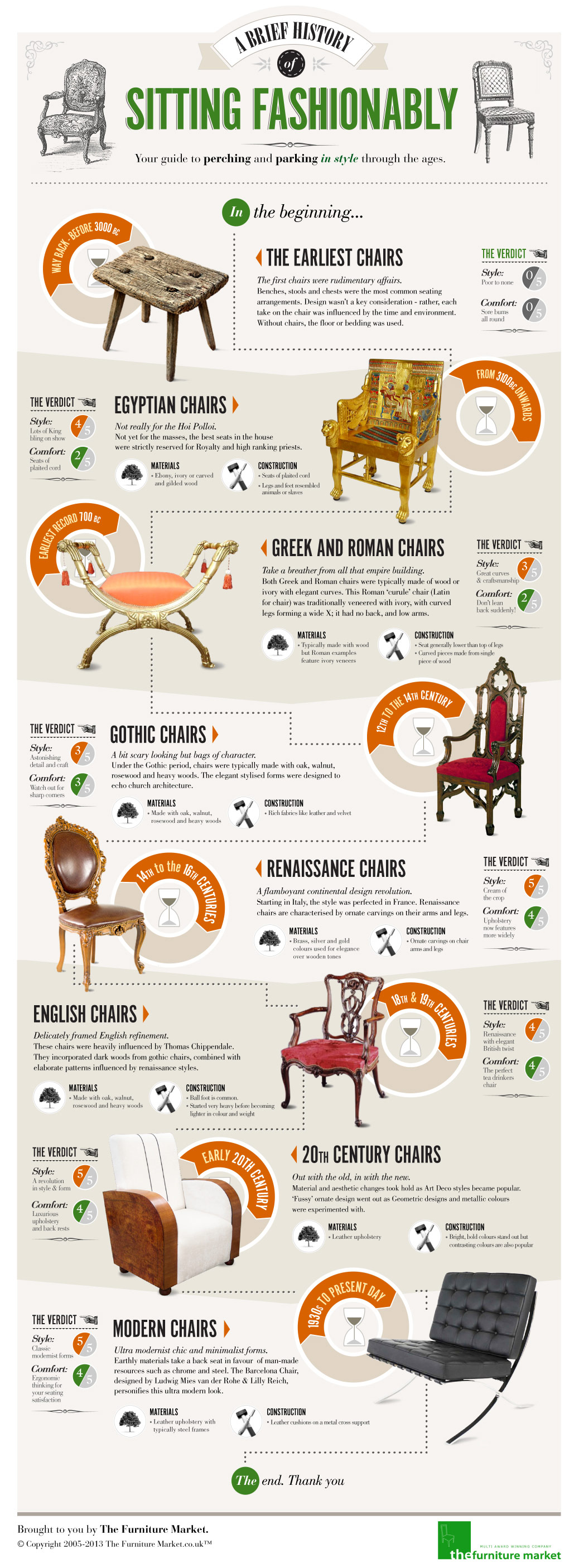Discover The Fascinating Journey Of Reconditioning Classic Cupboards, Revealing Untold Stories And Disclosing The Enigmas Of Background
Discover The Fascinating Journey Of Reconditioning Classic Cupboards, Revealing Untold Stories And Disclosing The Enigmas Of Background
Blog Article
Article Written By-Stanley Stefansen
To start the journey of bring back antique cabinets, you require a keen eye for detail. Picture revealing hidden secrets within each layer of background embedded in the timber. Image the contentment of restoring a once-forgotten piece to its previous glory. Every action of this meticulous process holds the essential to maintaining the past while producing a future heirloom. So, are you prepared to embark on this transformative venture and unlock the capacity of your antique cabinets?
Examining the Cabinet's Condition
When beginning the repair process, begin by assessing the problem of the antique cabinet. Very carefully examine the total framework for any type of indications of damage such as splits, chips, or loosened joints. Examine the timber for any rot, warping, or insect problem that may have happened in time. It's essential to establish the extent of the repair needed prior to continuing even more.
Next off, inspect the cabinet's equipment such as hinges, knobs, and locks. Make note of any missing items or parts that require fixing or substitute. Make sure that all hardware is working appropriately and securely attached to the closet.
In you can look here , evaluate the cupboard's finish. Look for any kind of scrapes, spots, or discoloration that might affect the visual appeal. Determine if the coating requires to be stripped and reapplied or if an easy touch-up will be enough.
Collecting the Required Devices and Materials
After assessing the problem of the antique cabinet, the following action is to gather the needed tools and materials for the repair process. Before https://eduardoepaiq.vblogetin.com/33345163/open-the-door-to-a-globe-of-personalized-cupboards-that-will-reinvent-your-home-discover-the-magic-of-bespoke-storage-space-services begin, ensure you have the adhering to things available:
- timber cleaner
- sandpaper in different grits
- timber filler
- paint or wood tarnish
- brushes
- handwear covers
- security goggles
- a dirt mask
- a drop cloth
- a putty knife
- a hammer
- a screwdriver
- a vacuum cleaner
These devices and materials are necessary for an effective remediation.
Wood cleaner is essential for eliminating years of dust and crud accumulation, preparing the surface area for sanding. Sandpaper of various grits helps in raveling imperfections and preparing the timber for a brand-new surface. Timber filler comes in handy for repairing any cracks, openings, or damages present in the closet.
Repaint or timber stain, along with brushes, enable you to tailor the cabinet to your choice. Keep in mind to use handwear covers, safety goggles, and a dirt mask for protection. Set a drop cloth to secure your workspace, and utilize a hoover to tidy up any debris.
With these devices and products collected, you prepare to begin the repair procedure.
Carrying Out the Restoration Refine
To efficiently execute the restoration procedure on your antique closet, begin by thoroughly cleaning up the surface area with the wood cleaner. This step is essential as it helps remove years of dirt, crud, and old gloss that may have built up on the surface.
When the cabinet is clean and dry, analyze the condition of the wood. Look for any fractures, scrapes, or other problems that need to be attended to. Use wood filler to fix any kind of flaws, making sure to match the filler shade to the timber tone for a smooth surface.
After the repair work have actually dried out, carefully sand the whole surface area to produce a smooth and even base for the new surface. Be careful not to sand too aggressively, as you don't want to harm the wood underneath.
As soon as the sanding is total, apply a wood stain or end up of your choice, adhering to the manufacturer's guidelines. Enable the surface to completely dry totally prior to using a safety leading layer to make certain the long life of your restored antique closet.
Conclusion
Since you have actually finished the restoration procedure, your antique cupboard looks comparable to new.
By following the step-by-step overview, you were able to analyze, fix, and boost its condition easily.
With a fresh finish and safety leading coat, your cherished item will certainly remain to beam for many years to come.
Enjoy the charm of your restored antique cupboard!
